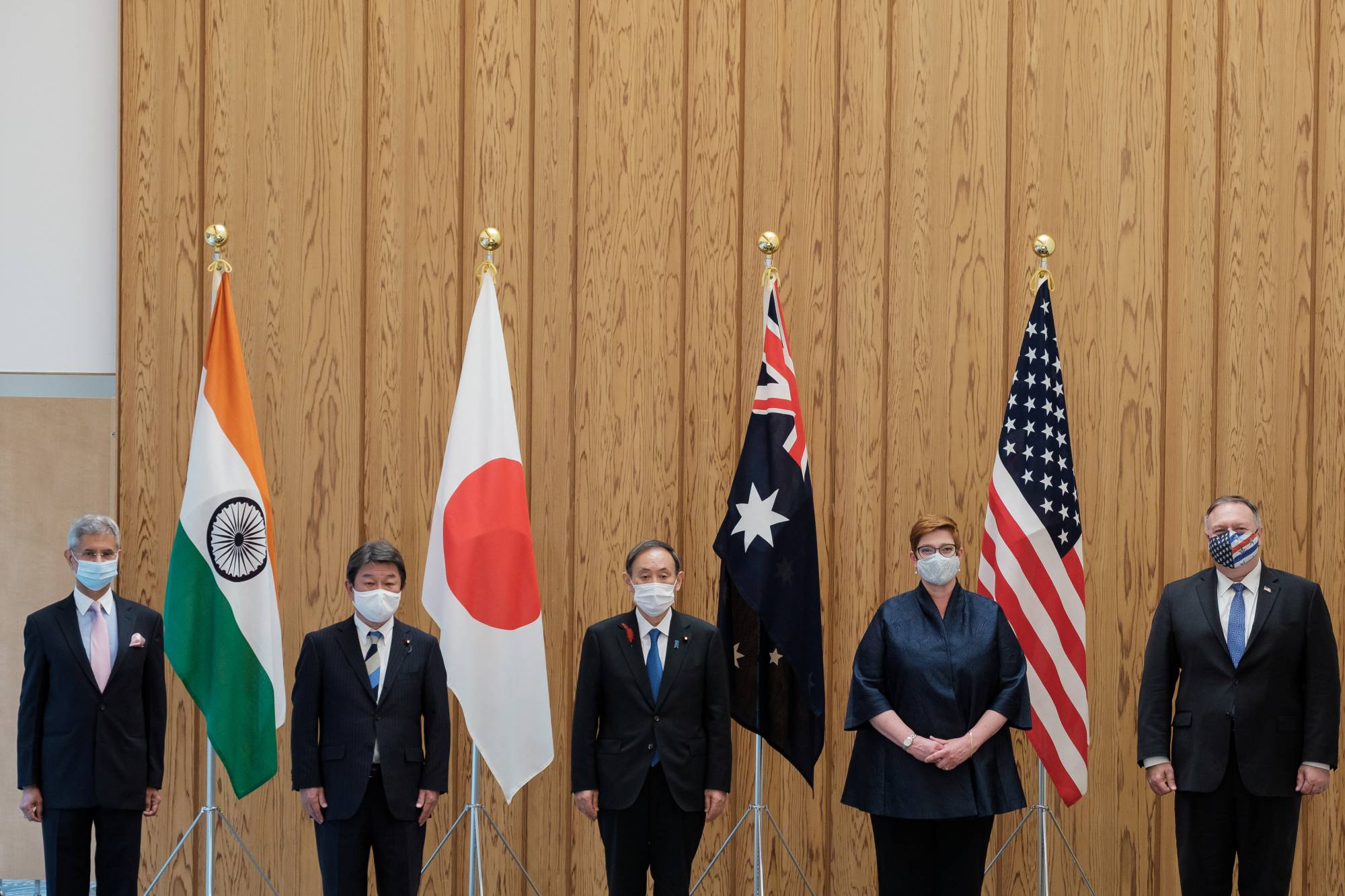18/12/2022
With China, under President Xi Jinping, emerging as a major threat to peace and security in the Indo-Pacific region, each big and small country is giving thought to its plan to deal with Beijing in its own way. But Japan has shown that no move to counter threats from China will be successful unless it sheds its post-World War hesitancy and shreds its pacifist policy that has chained its armed forces for the past more than six decades.
Japan’s National Security Strategy (NSS), unveiled days after coming out with an unprecedented defence budget of $315 billion for its armed forces, is not only bold and nervy but also full of determination to pre-empt enemy attacks by launching a “counterstrike.”
“The NSS sets the fundamental principle of national security which is to achieve the security of Japan as well as peace and stability in the Asia-Pacific region, and to contribute even more proactively in securing peace, stability, and prosperity of the international community as “Proactive Contributor to Peace” based on the principle of international cooperation,” Japan’s Minister for Foreign Affairs Yoshimasa Hayashi said following the adoption of the National Security Strategy on December 17.
Japan is concerned about muscle flexing by China against Taiwan. Tokyo fears that any attack on the self-governing island will hit peace and stability in the Taiwan Strait and the entire Indo-Pacific region with its significant impact on the sovereignty and integrity of the East Asian country. Japan’s Okinawa Prefecture is the closest point of the East Asian country to Taiwan. The distance between Okinawa Prefecture and Taiwan is just 600-km (370 miles) and Japan has been alarmed by increasing Chinese military activities in the region. This year alone, as per the Turkish broadcaster TRT World, China fired two ballistic missiles into waters near southern Japanese islands.
On November 12, China flew 36 fighter jets and bombers near Taiwan, the Taiwanese Defence Ministry said, adding these jets included Shenyang J-11, J-16 aircraft, Chengdu J- 10 fighters, Y-8 antisubmarine warfare planes and bombers like H-6. Earlier, Chinese military undertook weeklong military drills in areas close to Taiwan following a visit to the island territory by US House Speaker Nancy Pelosi in the first week of August 2022.
In the early months of 2022, China ratcheted up the frequency of its air missions over Taiwan. It flew 30 warplanes across Taiwanese air defence zone in May. These Chinese fighter planes flew in Taiwan’s northeast islands of Pratas, which fall under the self-ruling island’s air defence identification zone.
Between January 2021 and May 2022, China carried out several military flights, mostly around the eastern side of the median line of the Taiwan Strait. The median line in the narrow Taiwan Strait is an area between the island of Taiwan and mainland China, and is an unofficial line of control that military aircraft and warships from either side normally do not cross.
For Japan, however, China is not only a military headache. It is equally concerned about North Korea’s intimidatory military moves in the Korean Peninsula. On November 18, Pyongyang’s autocratic Communist regime created a flutter in the defence circles of Japan and the US, when it launched an intercontinental ballistic missile with enough range to hit the American mainland.
In October, 2022, North Korea launched a ballistic missile over Japan. This was the first time the North Korean military had done so against Japan in the last five years, yet it signalled that it has not taken the East Asian country out of its target. Given that it is currently developing various types of short and long-range missiles with aim to hit the US, Japan, and South Korea, it is a cause for concern among defence establishments in these countries. North Korea has launched missiles more than 30 times this year alone,
Russia’s invasion of Ukraine has convinced the Japanese leadership that Taiwan’s forced unification by China could be a reality. But to stop any kind of attack on Taiwan by China, the US would intervene. In this context, President Joe Biden’s reiteration that the US forces would defend Taiwan from Chinese attack, buttresses the fact about the role America would play in the region. Strategic experts fear that in the wake of war in the Taiwan Strait, China may attack the US military bases in Okinawa or the Sakishima Islands—both are Japan’s territories. That means Japan will have to jump into the war— willingly to counter China’s aggression.
Japan’s newly launched National Security Strategy talks about enhancing “counterstrike capability” that will allow the East Asian country to “hit enemy bases and command-and control nodes with longer-range standoff missiles,” The Japan Times said in its report. The Japan government claims to achieve capabilities to disrupt and defeat invasions against the nation much earlier and that too within about 10 years. This puts an end to Japan’s 1956 policy that restrained it from striking enemy targets.
Amidst this, there are reports suggesting that Japan will extend the range of its Type-12 missiles and buy US-made Tomahawk cruise missiles with a range of about 1,600 km within five years. The Japan Times said the country’s possession of counter strike capability is also intended to be an element of a larger plan moving it towards an “integrated air and missile defence system with Tokyo pledging to fundamentally strengthen its detection, tracking and interception capabilities.”
This seems to have unnerved China with its Foreign Ministry Spokesperson Wang Wenbin maintaining that “Japan’s new defence policy ignores facts, deviates from its commitment to China-Japan relations and the common understanding between the two countries, and groundlessly discredits China’s defence building and normal military activities.” Clearly, the statement reflects Beijing’s discomfort as the National Security Strategy has taken off veil from Japan’s approach towards the Indo-Pacific region. Upset with it, China made serious demarches to the Japanese side through diplomatic channels on December 16. But Tokyo seems to be well prepared to do what suits its national interests.

Leave a Reply